
Manuel Ricardo Palma Soriano was a Peruvian author, scholar, librarian and politician. His magnum opus is the Tradiciones peruanas.
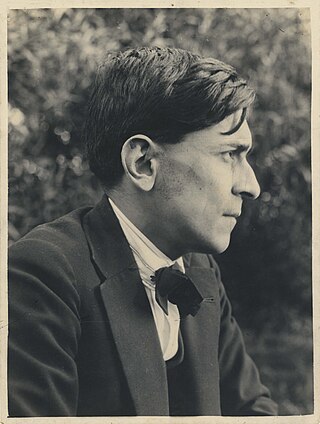
José Carlos Mariátegui La Chira was a Peruvian writer, journalist, politician and Marxist philosopher.

Jorge Segundo Vinatea Reinoso, or Reynoso was a Peruvian painter and caricaturist. His art falls within the indigenismo category, although he was not part of the movement led by José Sabogal.
The term Peruvian literature not only refers to literature produced in the independent Republic of Peru, but also to literature produced in the Viceroyalty of Peru during the country's colonial period, and to oral artistic forms created by diverse ethnic groups that existed in the area during the prehispanic period, such as the Quechua, the Aymara and the Chanka South American native groups.
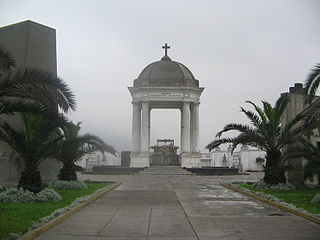
Presbyter Matías Maestro Cemetery, formerly the General Cemetery of Lima, is a cemetery, museum and historical monument located in the Barrios Altos neighbourhood of Lima District, in Lima, Peru. Inaugurated on May 31, 1808, it was the first pantheon in the city since burials were previously held in the city's churches. It was named in honour of its designer, Spanish priest Matías Maestro.
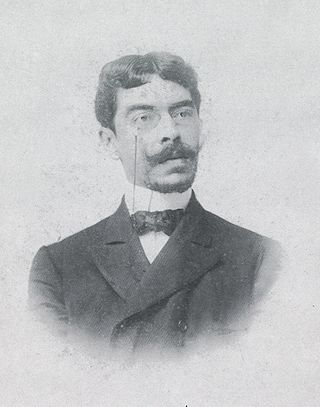
Clemente Palma was a Peruvian writer. He was the son of famous Peruvian author and scholar Ricardo Palma and Ecuadorian Clemencia Ramínez. His halfsister Angélica Palma was also a writer.

Jorge Alfredo Basadre Grohmann was a Peruvian historian known for his extensive publications about the independent history of his country. He served during two different administrations as Minister of Education and was also director of the Peruvian National Library.
Mundial was a Peruvian weekly magazine. It was one of the publications that marked the birth of modern journalism in Peru, both for its graphic design and its content when it appeared in Lima on April 28, 1920. It reached up to number 576, corresponding to 4 September 1931. Its director was Andrés Avelino Aramburú Salinas and it was printed on the site of the “La Opinión Nacional” on Calle Mantas 152.

Luis La Puerta de Mendoza was a 19th-century Peruvian politician. He was born in Cusco. He was briefly Prime Minister of Peru in January 1868. He served as the first vice president from 1876 to 1879 and was briefly president for five days in 1879 during the War of the Pacific.

Manuel Domingo Melquiades Almenara Butler was a Peruvian lawyer, judge and politician. He was a member of the Civilista Party. He was Prime Minister of Peru. He simultaneously served as minister of the interior in the Government of Peru. He was Minister of Finance from 1900 to 1901. He was President of the Supreme Court of Peru (1914–1916). He died in Lima, Peru.
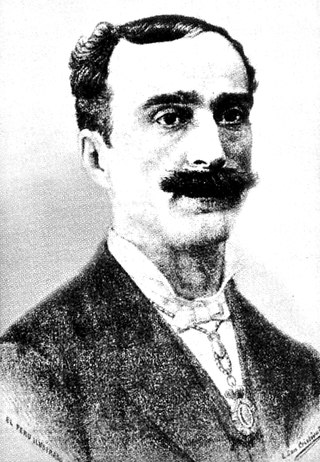
Manuel Eugenio Larrabure y Unanue was a Peruvian politician, diplomat, writer, historian and journalist. He was thrice Minister of Foreign Affairs, Minister of Public Works and Development, President of the Council of Ministers and First Vice President.
María Jesús Isabel Wiesse Romero was a Peruvian poet, writer, essayist, anthologist, and film critic.

Teodomiro A. Gutiérrez Cuevas, also known by his pseudonym Rumi Maqui, was a Peruvian Army Major and Indigenous leader who led a rebellion in Puno in 1915. After his imprisonment, he escaped his prison in Arequipa in January 1917.

Luis Alberto Flores Medina was a Peruvian lawyer, politician and diplomat. He was the Supreme Chief of the Revolutionary Union, a fascist party modelled after its italian counterpart, after the assassination of the party's founder, Luis Miguel Sánchez Cerro. He also served as a deputy for Lima and as Senator for Piura and Minister of Navy and Aviation, Government and Police and President of the Council of Ministers of Peru.

Pedro Gálvez Egúsquiza was a Peruvian lawyer, politician, educator and diplomat. A staunch liberal, he was one of the leaders of the Liberal Revolution of 1854 headed by General Ramón Castilla. He is remembered for having been the drafter of the decree that abolished the tribute of the natives. He was Minister of Justice and Worship in 1855, and Minister of Finance and Commerce in 1862, in the second government of Ramón Castilla; President of the Council of Ministers and Minister of Government (1868–1869) in the government of José Balta; constituent deputy (1855–1857) and senator (1868–1869). Likewise, he exercised various diplomatic representations in the United States, Latin America and Europe.
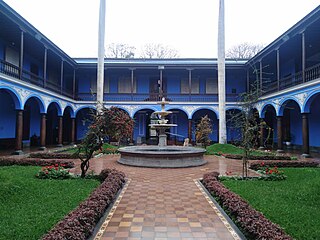
The Real Convictorio de San Carlos, or Convictorio de San Carlos after independence, was a college in Lima created at the end of the Viceroyalty of Peru and which survived until the first decades of the Peruvian Republic.
Ambassadors of Peru are persons nominated by the president to serve as the country's diplomatic representatives to foreign nations and international organizations.













